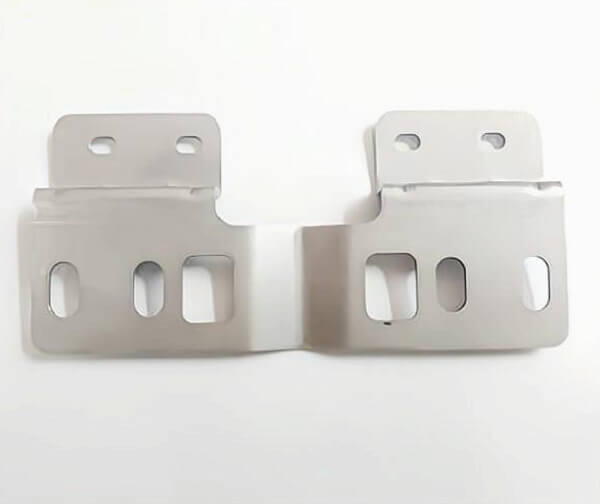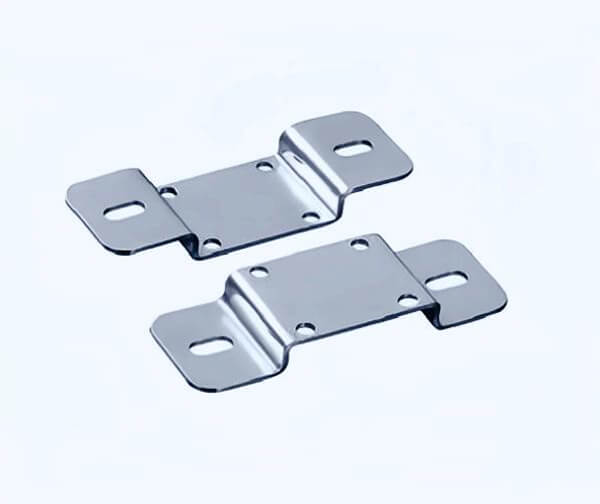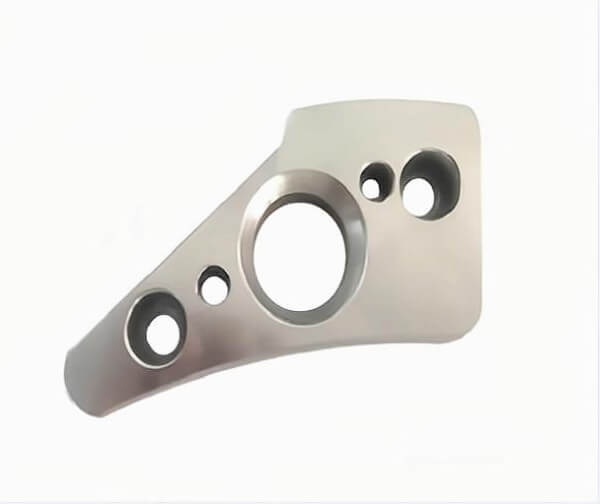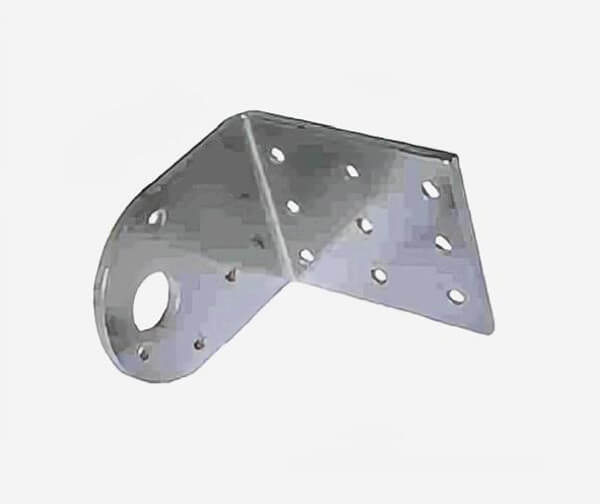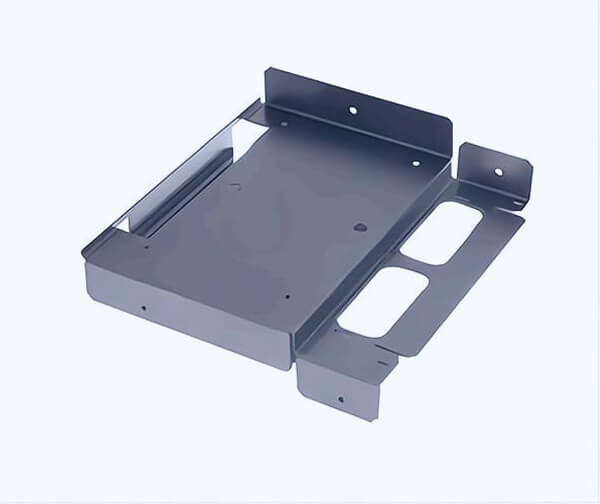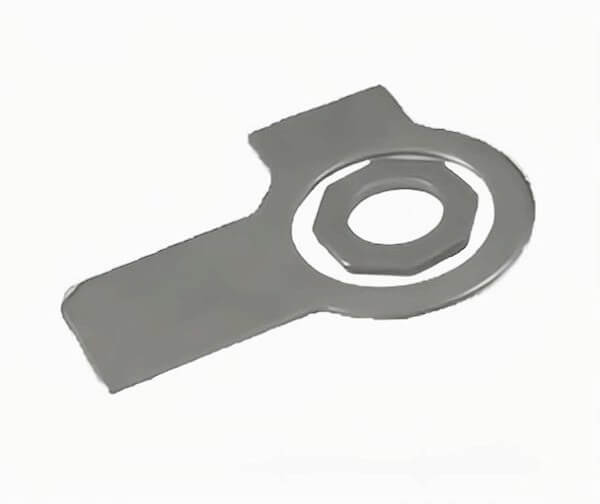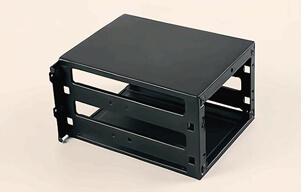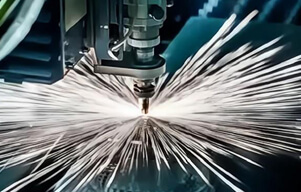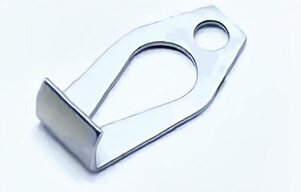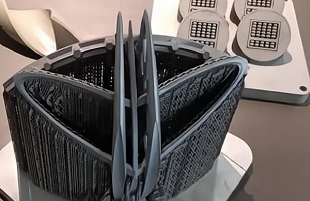How Does Sheet Metal Stamping Work?
Sheet Metal stamping is the use of punching machines and stamping mold to process stainless steel, Iron, Aluminium, Copper, etc to deform or break to obtain a certain shape and specification. Sheet Metal stamping processing is simple to operate, production is efficient, and it is convenient to complete mechanization.
Let's take a closer look at the process of sheet metal stamping:
1. Material preparation: The materials required for the mold vary from product to product. It is necessary to choose the appropriate mold material according to the characteristics of the product, such as: mold. Top cover and upper splint. Stripping plates. Lower mold. Pad block. Bottom plate, etc.
2. Primary processing: After material selection, first use a milling machine to process the plane and side. Common methods are to apply wood-based panels, stripping machines, lower templates, pads, bottom plates, top covers, and top plates.
3. Precise processing: flat and four corners at bevels must be machined and processed. Stripping plates. The lower template is beveled to the bottom plate, and the bottom plate is smoothed with the upper cover.
4. Line drawing: Put the template finished into an oblique angle at the drawing line. According to the mold drawing drawing, draw the line with a line height ruler, and finally draw the points on the die head after the line and Tapping teeth.
5. Plate: In order to ensure the strength of plate, it is quenched at high temperature. Quench. Tempering. After annealing and other processes, further finishing, the plate is crushed into an oblique angle, and then the wire is broken.
6. Install the mold trial: select the mold base or support guide column. The guide column completes the mold assembly, installs the installation mold in the stamping machine for adjustment, and finally carries out mold inspection on the stamping precision hardware to determine whether it meets the commodity regulations and completes the whole process of fitting.

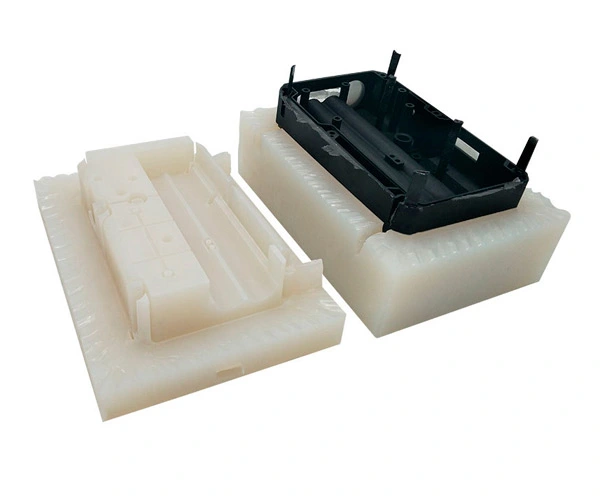
 EN
EN
 ja
ja  ko
ko  fr
fr  de
de  es
es  it
it  pt
pt  ar
ar  tr
tr  iw
iw 